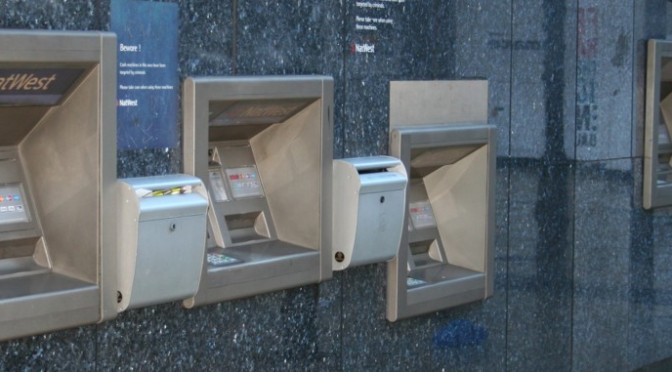The Escondido Framework starts from the assumption that the company (in common with many other forms of organisation) is defined by its interfaces with the various market places in which it operates, in the simplest form the markets for labour, raw materials, capital and finished goods or services. These are, in effect, its boundaries. And while there are differences between markets, in essence they all reflect an exchange between two parties for mutual benefit – the employee receives payment and other non-financial rewards for his labour; the supplier of raw materials payment for the goods provided; the supplier of funds either interest or dividends and the prospect of capital growth for forgoing use of those funds for his own short term benefit; and the customer goods or services in exchange for payment. The Framework also reflects the view that being a party to the exchange does not of itself mean that the other party has a “stake” in the company or “own” it in any absolute sense. There may be a contractual relationship between the party and the company which reflects the terms of the exchange and provides structure for enforcement but essentially this is a mutually beneficial relationship in which both parties have duties to deliver their side of the bargain.
Within the Framework, there is no assumption that any of the providers to the company – of labour, raw materials, capital or revenue – any superior rights or claims over the company, in traditional parlance, “ownership”. Legal devices may be put in place by the state, or may exist in the form of contractual agreements that provide these other parties with rights, for example: in the form of wages and employment rights; to payment for goods at a particular point in time; to payment of interest or dividends; and to return of capital under prescribed terms and with differing degrees of confidence. The contracts and legal frameworks may also define mechanisms under which these other parties may enforce these rights, but enforcement is also be a function of other considerations that reflect market conditions rather than the law, for example: what alternatives are available to a workforce with a specific set of skills and ties to a particular geography; what other customers are available for the raw materials, and how much are they willing to pay; what will other prospective providers of capital pay for these shares or bonds, and how easily can we replace the existing board and executive team; and how often do customers in consumer markets consider, let alone read terms and conditions.
The Framework suggests that the company can be considered as a “virtual space”, existing between these market interfaces. The location and shape of each of the market interfaces reflects what economists think of as the demand function and marketing academics describe as indifference curves, i.e. how customers make trade-offs between the various attributes of a product. These are also shaped by the competition that the company faces: when recruiting from a limited pool of skilled employees; for sourcing scarce raw materials; seeking funding from a limited capital market, or seeking the custom of consumers who can buy from other companies or who may be able to substitute one item for other goods. Remove the competition and the market interface or boundary moves outwards, increasing the volume of the “virtual space” available to the company. Improve the operating efficiency within the company or secure a competitive advantage over other participants in one of the markets concerned and the volume of the “virtual space” will also increase.
At any particular point in time, for any particular product or service it sells, these interfaces will be brought together, or resolved, at a single virtual point at which of each of the providers is rewarded at prices that are, all things considered, satisfactory to them. In perfect market equilibrium, all prices would be at market clearing levels, no-one would realise economic rents, and there would one point at which the interfaces would be resolved. No self-respecting economist has ever viewed the perfect market paradigm as anything other than a useful benchmark for understanding a world which is dynamic and virtually always distant from the paradigm, and in this the Escondido Framework is no different. In reality, the “virtual space” is just that, an available set of points at which the price levels may be resolved. Depending on the scale of the external market failures that allow for the internal organisation of economic activity to generate greater efficiency, there is potential for the management of the company to elect where to set prices and where on the indifference curves to locate the marketing proposition to each of the other parties (suppliers or labour, raw material, capital and custom), and how to allocate the economic surplus that the absolute volume of the “virtual space” represents.
